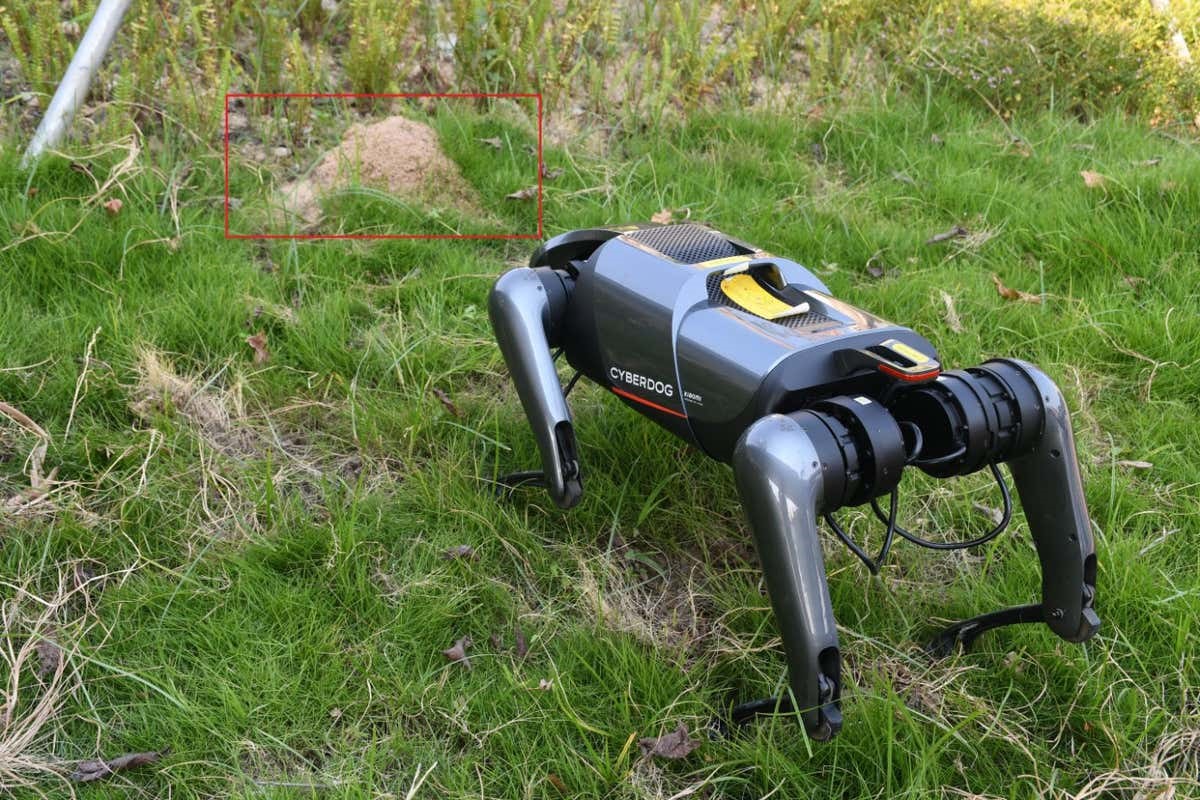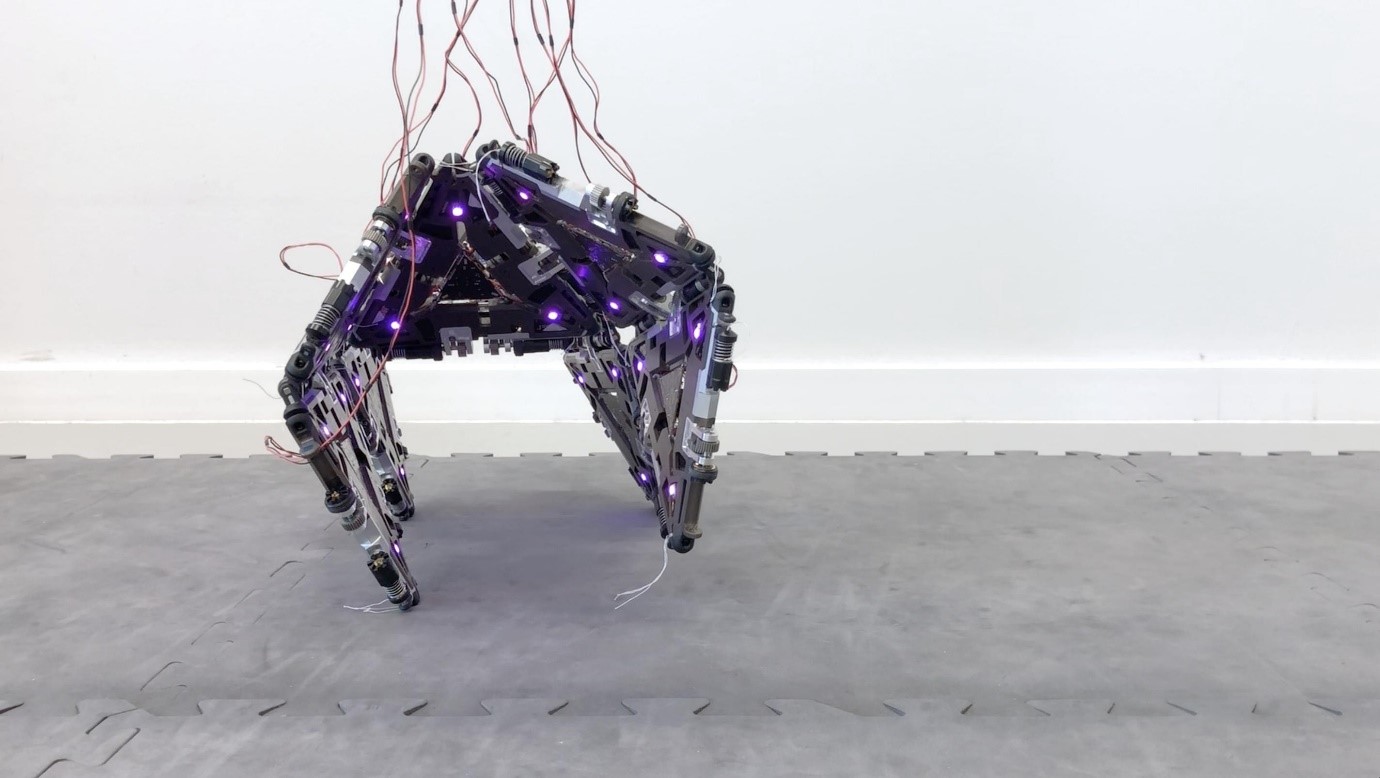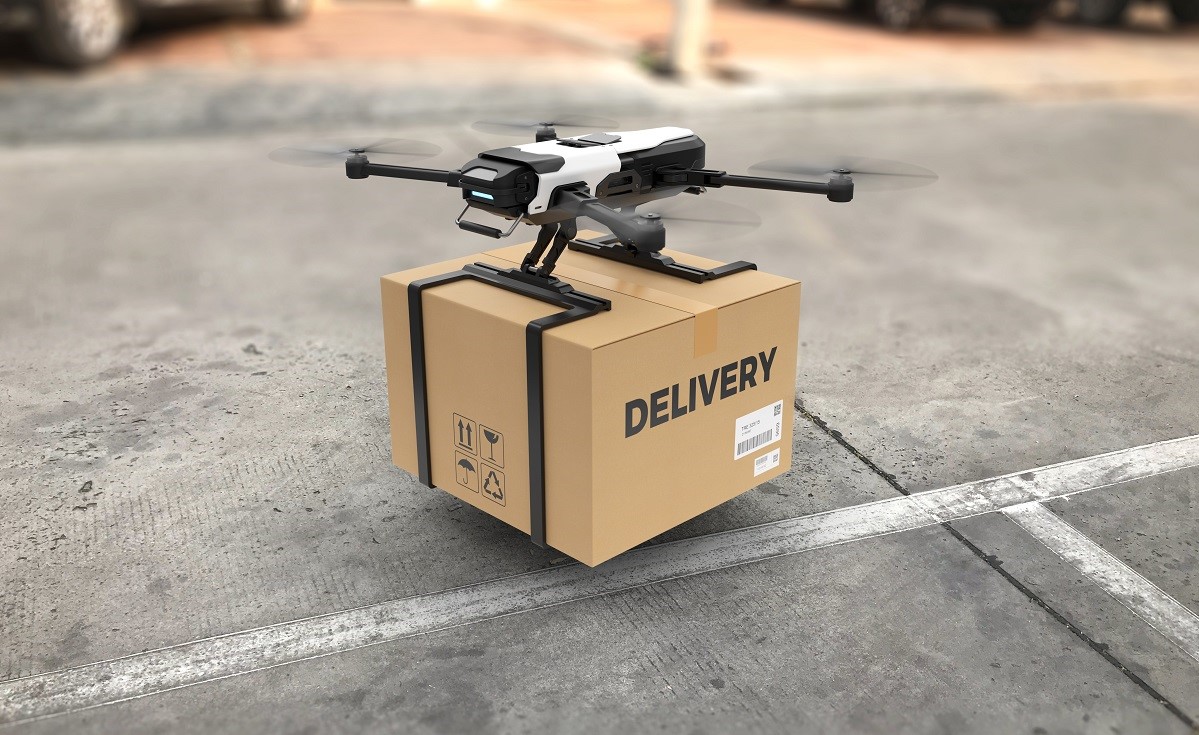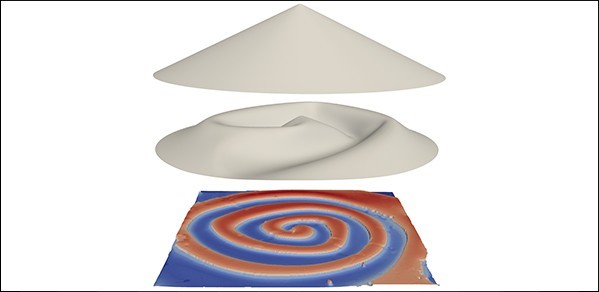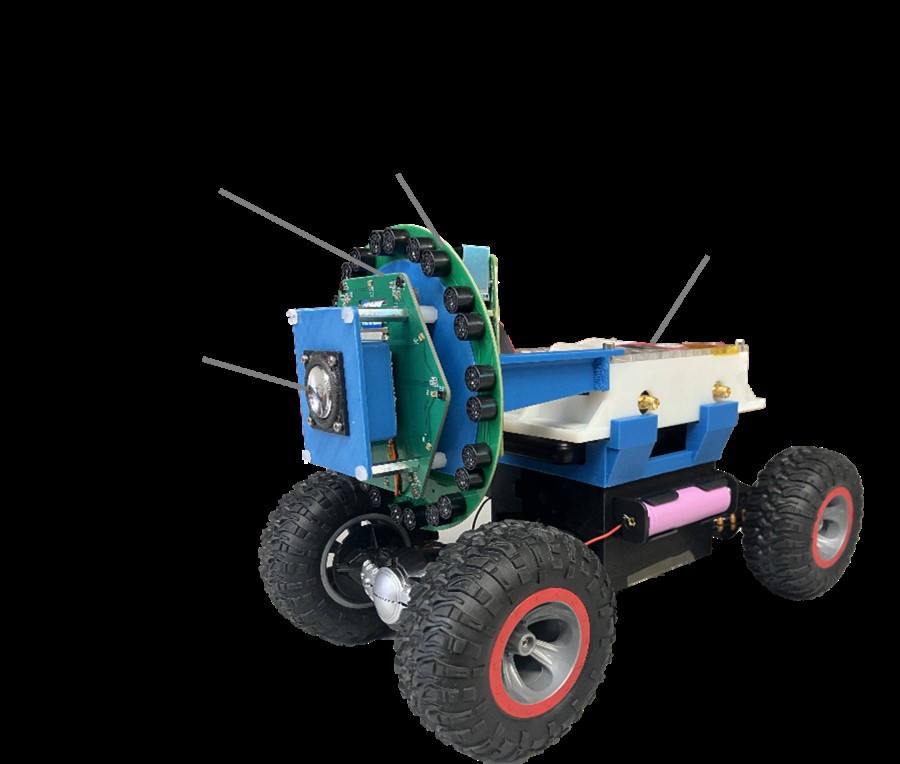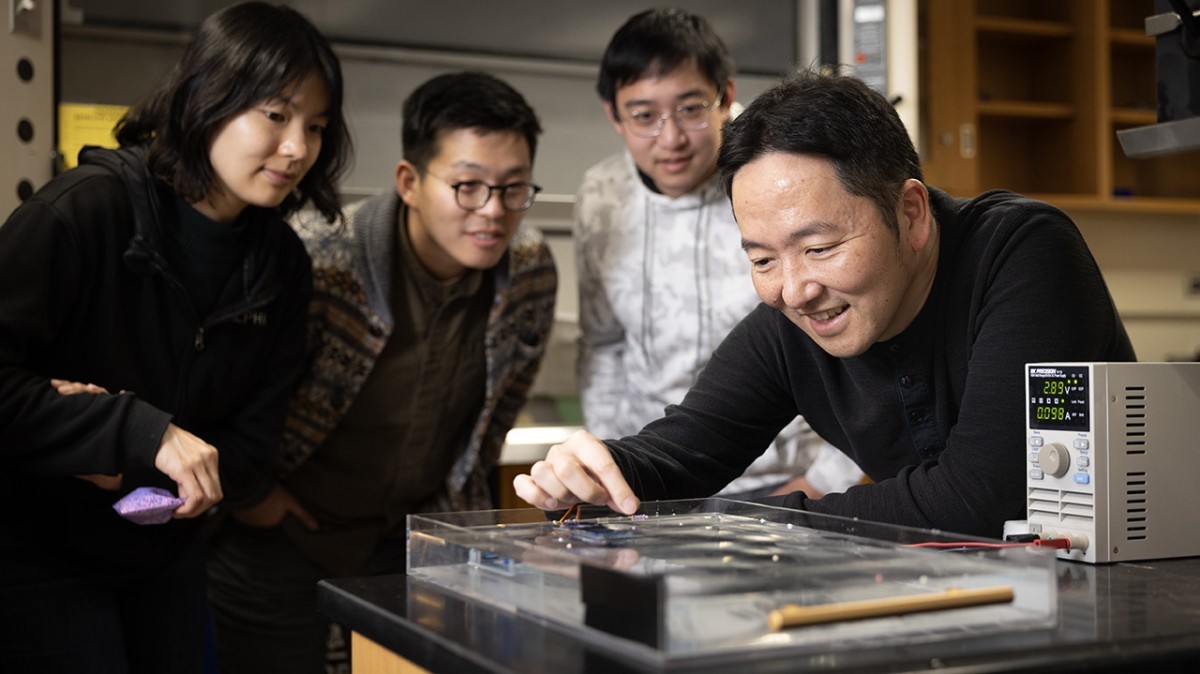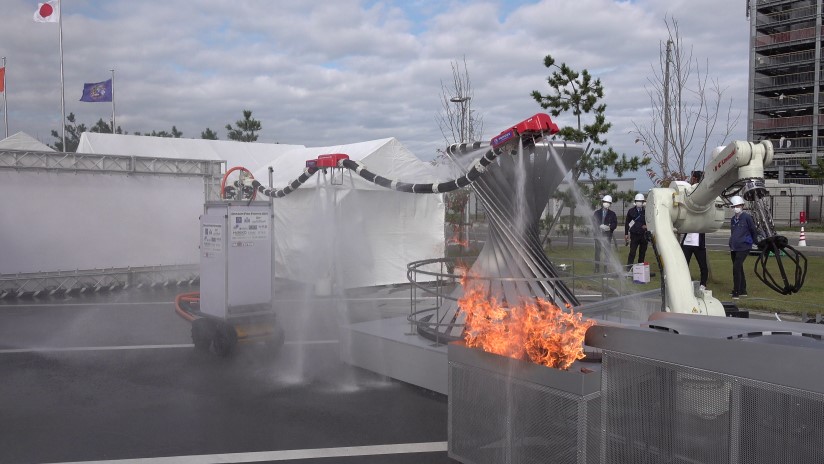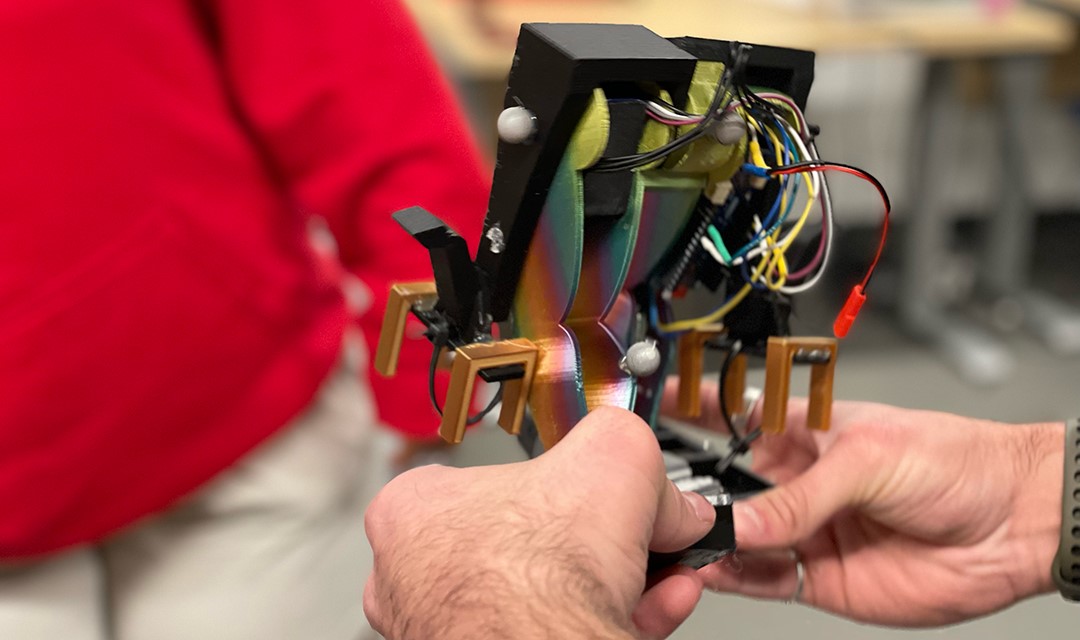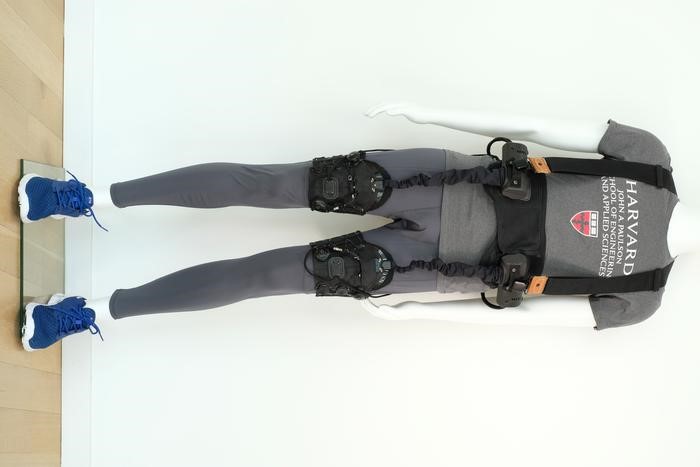Next-Generation Robot Skin: Advancing Robotics and Prosthetics with Smart, Stretchable Sensors
In an innovative collaboration between researchers at the University of British Columbia (UBC) and Honda, a cutting-edge soft sensor has been developed, holding the promise of transforming the world of robotics and prosthetics. This remarkable sensor, boasting qualities of being smart, stretchable, and highly sensitive, is set to open doors to a multitude of applications, offering an unprecedented level of touch sensitivity and dexterity.
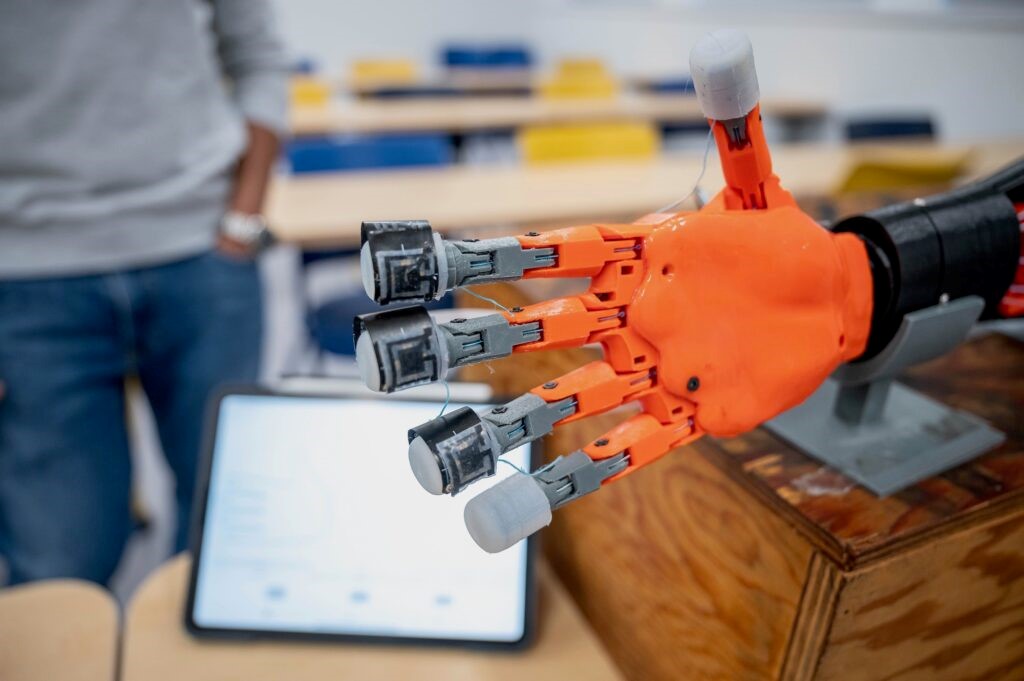
Figure 1. Robot Skin. (Credit: UBC Applied Science/Paul Joseph)
The Soft Sensor's Remarkable Abilities
Figure 1 shows UBC engineers created the sensor in collaboration with Frontier Robotics, Honda’s research institute. When this soft sensor is applied to the surface of a prosthetic arm or a robotic limb, it imparts a human-like touch sensitivity and dexterity, empowering these machines to perform tasks that were previously challenging. For instance, it enables these machines to delicately pick up soft fruits, all while ensuring that the items remain intact. Furthermore, the sensor is designed to replicate the softness of human skin, enhancing the safety and lifelike quality of human-machine interactions.
Key Features of the Sensor
Dr. Mirza Saquib Sarwar, the mastermind behind this innovative sensor and a doctoral graduate in electrical and computer engineering at UBC, explains that the sensor can detect various types of forces, allowing prosthetic and robotic arms to respond to tactile stimuli with precision. This means that these machines can handle fragile objects such as eggs or glasses of water without causing any damage.
Composition and Design
The sensor is primarily composed of silicone rubber, a material also used in creating special effects in movies to mimic human skin. What sets this sensor apart is its unique ability to buckle and wrinkle, just like real human skin. It utilizes weak electric fields to sense objects, similar to the way touchscreens work, but with the added advantage of being supple and capable of detecting forces on and along its surface. This combination of features is crucial for the technology's adoption in robots that interact closely with people.
Collaboration with Honda
The UBC research team collaborated with Frontier Robotics, Honda's research institute. Honda has a long history of innovation in humanoid robotics and is responsible for creating famous robots like ASIMO. Their expertise in the field adds significant value to the development of this soft sensor.
Practical and Scalable
One of the most exciting aspects of this new technology is its simplicity of fabrication. This makes it easy to scale up for covering large surface areas and manufacturing in large quantities. The ease of manufacturing contributes to the practicality of implementing this technology on a wide scale.
The Future of Robotics and Prosthetics:
Dr. John Madden, the senior author of the study, emphasizes that the integration of sensors and artificial intelligence is making machines increasingly capable and lifelike, allowing humans to work and interact with them on a whole new level. While this sensor is a remarkable step forward, there is still room for growth in sensor technology and AI, with the ultimate goal being to create machines that can sense, respond, and adapt as efficiently as human skin.
The development of this smart, stretchable, and highly sensitive soft sensor is a remarkable achievement in the field of robotics and prosthetics. It holds the potential to transform the way machines interact with humans, making these interactions safer and more natural. As the technology continues to evolve, we can anticipate robots becoming smarter, more sensitive, and increasingly integrated into our daily lives. The future of robotics and prosthetics is indeed an exciting one, with these innovations paving the way for even more incredible developments.
Source: University of British Columbia
Cite this article:
Hana M (2023), Next-Generation Robot Skin: Advancing Robotics and Prosthetics with Smart, Stretchable Sensors, AnaTechMaz, pp. 4


